Professional Water Tank Cleaning
and Chlorination Services UK
Water tank chlorination is a critical process for maintaining clean, safe water in storage systems across the UK. It is essential for preventing the growth of harmful bacteria like Legionella, ensuring the water remains safe for use, and meeting stringent regulatory requirements. Pipe Testing Services (PTS) provides expert water tank chlorination and cleaning services for businesses, facilities managers, and homeowners, ensuring your stored water supply is thoroughly disinfected and fully compliant.
Why Water Tank Chlorination is Essential
Regular water tank chlorination is a vital safeguard for any organisation or home that utilises water storage tanks. Without proper maintenance, these tanks can become breeding grounds for bacteria, biofilm, and other contaminants. The key reasons why this process is crucial are:
- Eliminates Harmful Microorganisms: Our targeted chlorination process effectively kills bacteria, viruses, and other pathogens that can compromise water safety.
- Prevents Biofilm Formation: Chlorination helps to remove and prevent the build-up of biofilm, a slimy layer that can protect harmful organisms like Legionella from disinfection.
- Ensures Regulatory Compliance: Adhering to chlorination guidelines is necessary for compliance with UK health and safety regulations, including ACOP L8. This prevents potential legal and financial penalties.
- Protects Public Health: Clean, properly chlorinated water helps prevent outbreaks of waterborne diseases, most notably Legionnaires' disease. Effective Chlorination and Legionella Control is a key outcome of this service.
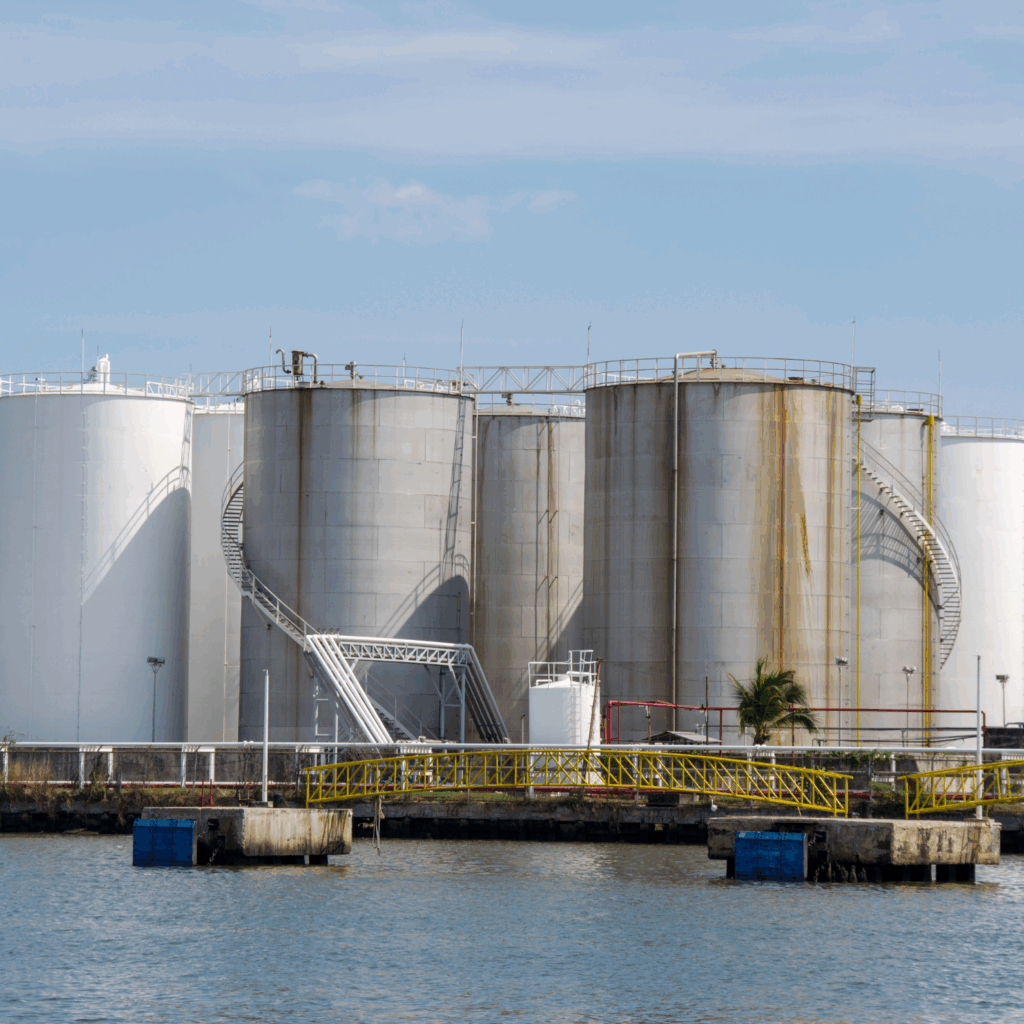
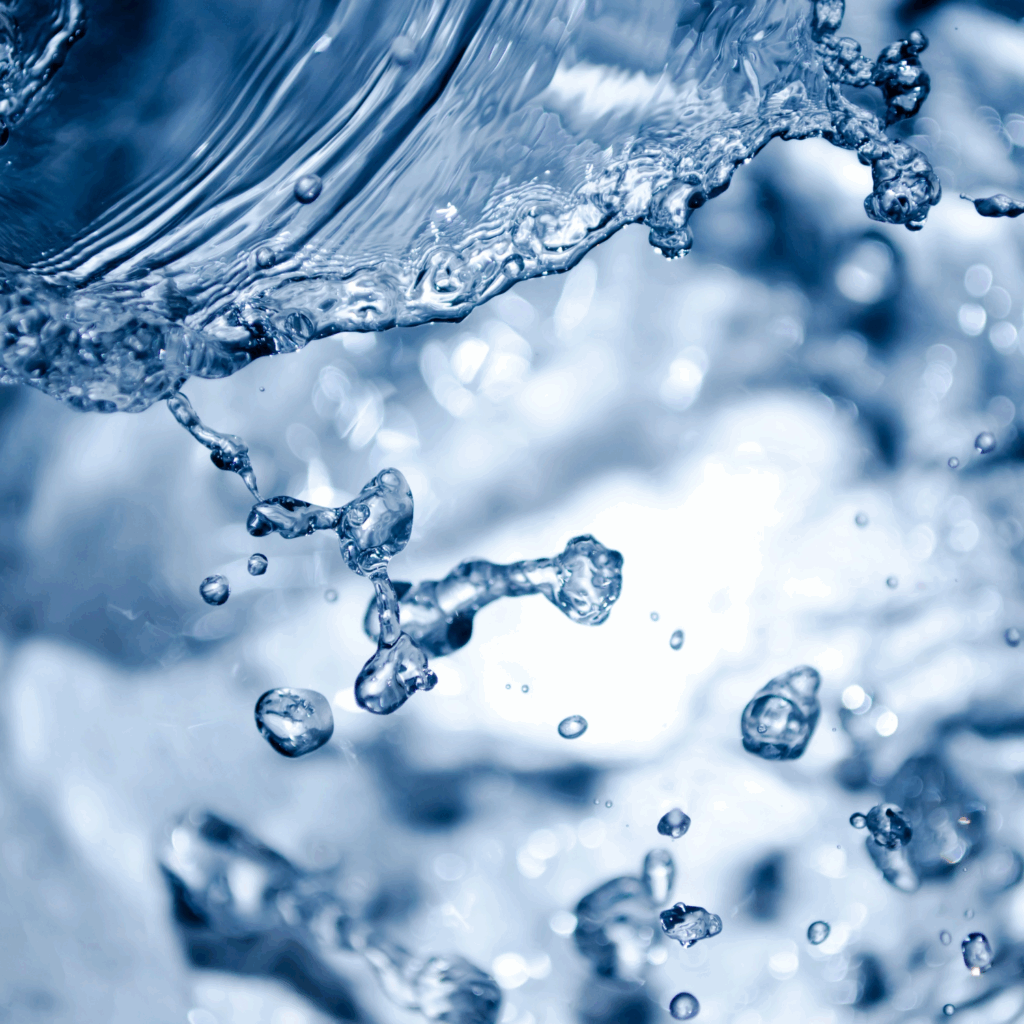

The PTS Process for Water Tank Chlorination
At Pipe Testing Services (PTS), we follow a step-by-step chlorination process to ensure thorough disinfection and regulatory compliance for your water tank.
Step 1: Draining and Cleaning the Tank
The process begins with safely isolating and fully draining the water tank. Our technicians then enter the tank (following strict confined space and safety protocols) to carry out a physical clean, removing any sludge, sediment, debris, and visible biofilm from the internal surfaces.
Step 2: Applying the Chlorine Solution
Once the tank is clean, we apply a chlorine solution of a specific concentration to all internal surfaces. The concentration used is calculated based on the tank’s condition and the requirements of standards like BS 8558.
Step 3: Ensuring Sufficient Contact Time
The chlorine solution is left to act for a specified period (the “contact time”), typically at least one hour. This ensures the disinfectant has enough time to effectively kill any remaining microorganisms throughout the tank.
Step 4: Flushing and Dechlorination
After the contact time is complete, the chlorinated water is drained and the tank is thoroughly flushed with clean water to remove any residual chlorine. If the chlorinated water must be discharged to a drain, we perform a controlled dechlorination process to neutralize the chlorine and protect the environment.
Step 5: Final Water Quality Testing & Recommissioning
Following the final flush, the tank is refilled. Water samples may then be taken for laboratory testing to confirm the microbial safety of the water and to ensure residual chlorine levels are within acceptable limits for use.
Why Choose PTS for Your Water Tank Chlorination?
Hiring a professional service like PTS offers numerous advantages for your water tank chlorination needs:
- Expert Knowledge of UK Regulations: Our technicians are fully versed in UK water regulations, including ACOP L8 and BS 8558, ensuring compliance at every step. We understand the specific risks posed by Legionella Contractors are tasked to control.
- Proper Chlorine Concentrations: We use the correct types and amounts of chlorine to effectively disinfect your water system without causing damage to the tank or fittings.
- Safety and Precaution: All work is carried out following our robust Chlorination Safety Protocols and PPE to minimize any risk associated with hazardous chemicals and confined space entry.
- Comprehensive Testing and Documentation: We provide detailed reports and official Chlorination Certificates Explained on our dedicated page, serving as your proof that the tank has been properly disinfected and is compliant.
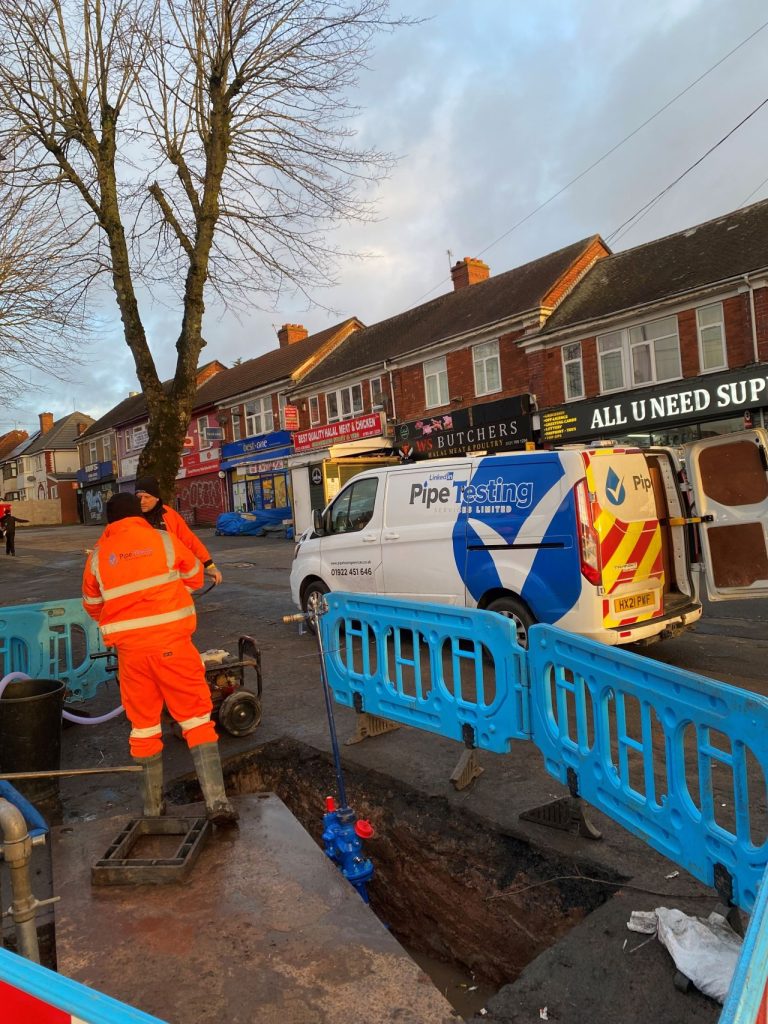
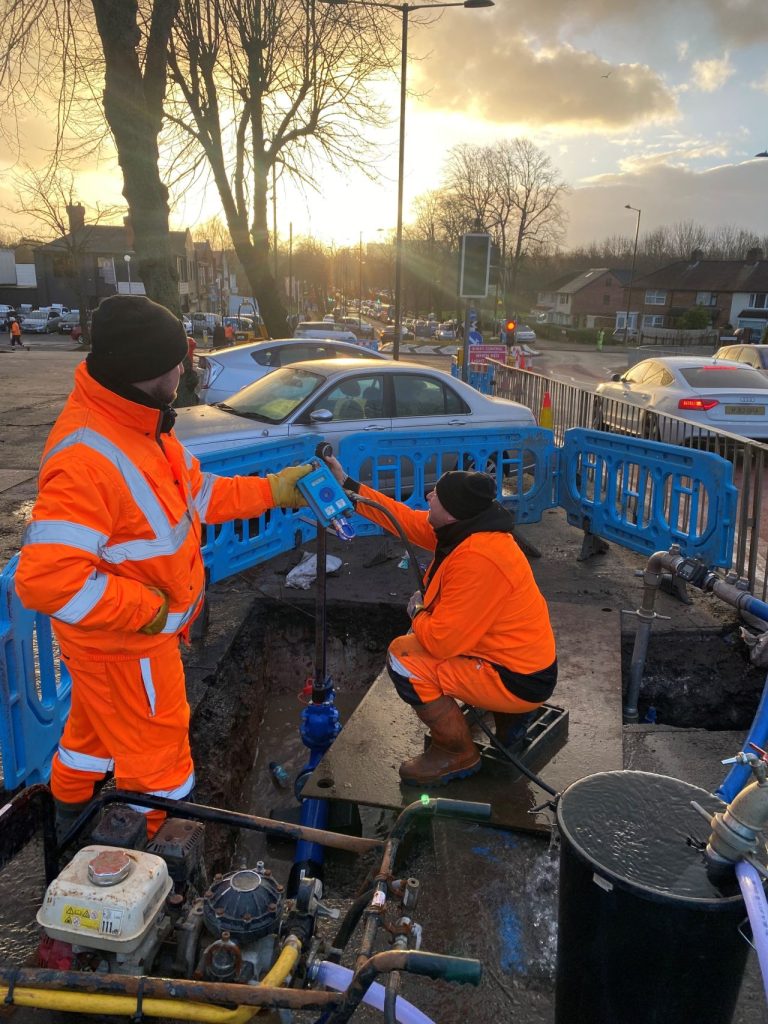
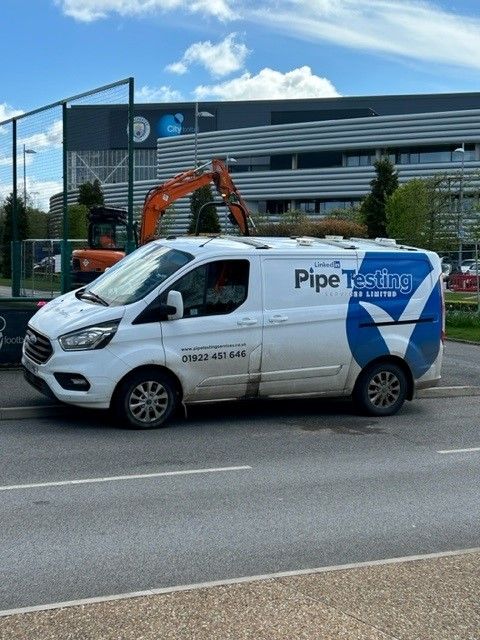
Maintaining Water Quality After Chlorination
While chlorination is highly effective, maintaining long-term water quality requires ongoing attention. PTS recommends the following best practices::
- Regular Water Testing: Frequent testing ensures that your water continues to meet safety standards and that the control scheme is working.
- System Maintenance: Proper maintenance of the entire water system, including tank inspections, helps prevent bacterial growth.
- Temperature Control: For Legionella control, keeping hot water hot (above 60°C in storage) and cold water cold (below 20°C) is critical.
- Tank Insulation and Covering: Ensuring the tank is properly insulated and securely covered protects against external contamination and helps maintain correct water temperatures.
Get in Touch for Professional Water Tank Chlorination
Water tank chlorination is an essential service for maintaining safe and hygienic water systems. By partnering with a professional service like Pipe Testing Services, you can ensure that your water tanks are properly disinfected, compliant with UK regulations, and safe for use.
For expert advice and tailored chlorination services, contact Pipe Testing Services today:
- Phone: 01922 451646
- Email: enquiries@pipetestingservices.co.uk
- Address: Unit 27 Birchbrook Industrial Estate, Shenstone, Lichfield, Staffs, WS14 0DJ
Protect your water system and safeguard public health with professional water tank chlorination from PTS.

FAQs About Water Tank Chlorination
How often should a water tank be chlorinated?
Water tanks should be chlorinated at least once a year as part of routine maintenance. However, chlorination may also be necessary after repairs, system modifications, or if contamination is detected.
What is the purpose of water tank chlorination?
The primary purpose of water tank chlorination is to eliminate harmful bacteria, such as Legionella, and to ensure compliance with UK water safety regulations.
Is chlorination safe for drinking water?
Yes, when done correctly by professionals, chlorination is a safe and effective method for disinfecting drinking water. Chlorine levels are carefully controlled to ensure safety.
What happens if water tanks are not regularly chlorinated?
Failing to chlorinate water tanks can lead to the growth of harmful bacteria, including Legionella, posing serious health risks. Non-compliance with regulations can also result in legal penalties.
What documentation is provided after chlorination?
After completing the chlorination process, PTS provides a chlorination certificate and a detailed report of the testing results. This documentation is essential for regulatory compliance and audits.
